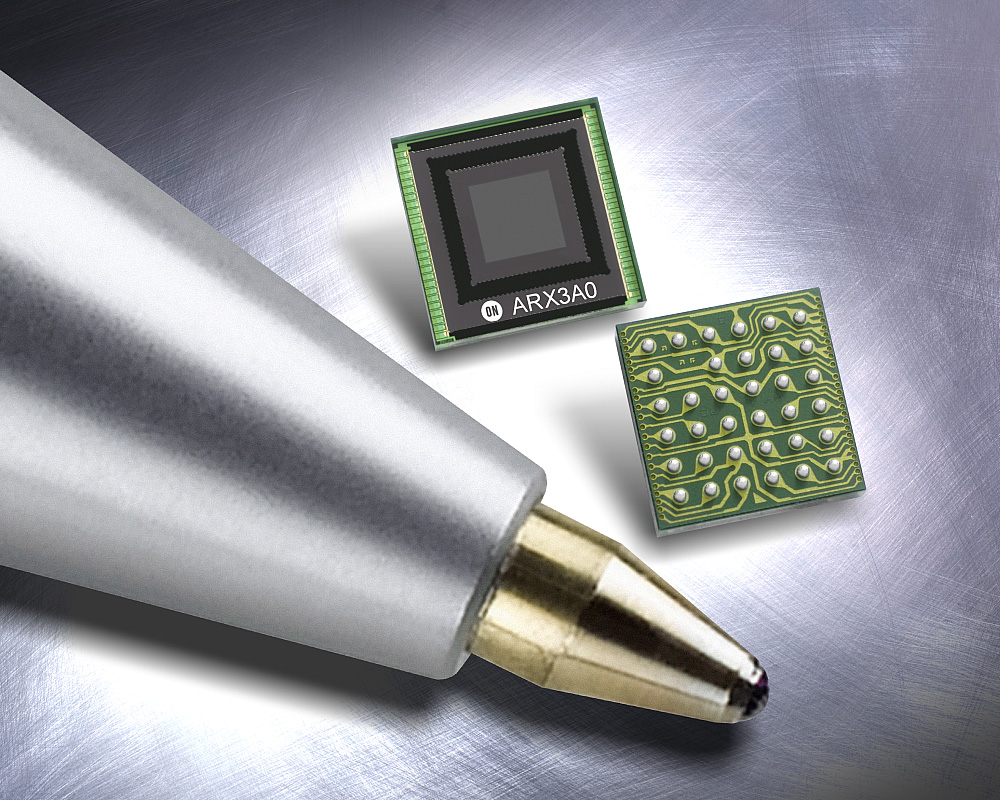Investing in the world of technology can be both exciting and challenging. With the rapid advancements in the semiconductor industry, many investors are looking for opportunities to capitalize on this growing sector. One avenue that investors can explore is investing in a semiconductor exchange-traded fund (ETF).
In this article, we will delve into the world of semiconductor ETFs, understanding their purpose, exploring available options, identifying investment opportunities, discussing risks and challenges, and providing tips for investing wisely.
So if you’re interested in learning more about semiconductor ETFs and how they can fit into your investment strategy, keep reading.
Understanding Semiconductor ETFs: A Window into Tech Investments
Semiconductors have revolutionized the tech industry, powering everything from smartphones to medical devices. Exchange-Traded Funds (ETFs) offer a simple and flexible way for investors to gain exposure to the semiconductor sector.
ETFs are like baskets of securities that trade on exchanges, allowing investors to access a diversified portfolio without buying each security individually. By investing in semiconductor ETFs, individuals and institutions can tap into the growth potential of this dynamic industry while reducing risk through diversification.
It’s an accessible window into the world of tech investments and an opportunity to participate in ongoing technological advancements.
Exploring the Semiconductor ETF Landscape: What Options are Available?
In the semiconductor industry, there are popular ETFs that cater to investors interested in this sector. Some options include VanEck Vectors Semiconductor ETF (SMH), iShares PHLX Semiconductor ETF (SOXX), and Invesco Dynamic Semiconductors ETF (PSI).
These funds provide exposure to leading semiconductor companies in the US and utilize unique methodologies for selecting and weighting their holdings. When evaluating these ETFs, consider factors such as expense ratios, liquidity, assets under management, diversification, holdings, and exposure.
By carefully assessing these factors, investors can make informed decisions about which semiconductor ETF aligns with their investment goals.
Identifying Investment Opportunities: Reasons to Invest in a Semiconductor ETF
Investing in a semiconductor-focused Exchange-Traded Fund (ETF) offers compelling opportunities due to the industry’s rapid growth and global demand for semiconductors.
Artificial intelligence (AI), Internet of Things (IoT), and autonomous vehicles are driving breakthrough technologies that heavily rely on semiconductors. By investing in a semiconductor ETF, investors can ride the wave of these technological advancements and benefit from future innovations.
Semiconductors play a critical role across industries such as consumer electronics, healthcare, and renewable energy. Investing in a semiconductor ETF provides exposure to diversified markets and allows investors to capitalize on the increasing global demand for semiconductors.
In summary, investing in a semiconductor ETF enables participation in technological advancements and capitalizes on the growing demand for semiconductors across various sectors.
Risks and Challenges Associated with Semiconductor ETFs
Semiconductor ETFs come with their fair share of risks and challenges. The industry’s volatility is a major concern, as technological advancements quickly render components obsolete, causing price fluctuations that can impact ETF performance. Geopolitical factors like trade tensions and disruptions in supply chains also affect the industry.
Emerging technologies such as quantum computing pose potential competition to traditional semiconductor companies, further influencing investments. Regulatory changes, intellectual property disputes, and natural disasters are additional risks to consider.
Investors must stay informed, conduct thorough research, and carefully assess these risks before investing in semiconductor ETFs.
| Risk/Challenge | Description |
|---|---|
| Volatility within the Semiconductor Industry | Rapid technological advancements lead to obsolescence and price fluctuations. |
| External Factors Impacting Semiconductor Investments | Geopolitical factors and emerging technologies directly influence the performance of semiconductor ETFs. |
Investing in semiconductor ETFs requires careful analysis and monitoring to navigate these risks successfully.
Tips for Investing in Semiconductor ETFs: Strategies and Best Practices
Investing in semiconductor exchange-traded funds (ETFs) can be profitable but requires careful consideration. Here are some key strategies to follow:
- Set realistic investment goals by defining your objectives and risk tolerance.
- Diversify your portfolio across different sectors to mitigate risk.
- Stay informed about industry news and developments specific to semiconductors.
- Monitor the performance of your chosen semiconductor ETF regularly.
- Manage risk effectively by diversifying investments and staying aware of global factors.
By following these strategies, you can maximize returns while minimizing risks when investing in semiconductor ETFs.
Is a Semiconductor ETF Right for You?
Investing in semiconductor ETFs can be an attractive option for gaining exposure to the growing semiconductor industry. These funds provide opportunities to benefit from technological advancements, global demand, and long-term growth potential.
However, it’s crucial to evaluate options, understand risks, and align investment strategies with personal goals. Consulting with a financial advisor can provide tailored guidance. Consider whether a semiconductor ETF is the right fit for you before exploring semiconductor investments.
[lyte id=’QhvaqVeNgec’]
.jpg)
